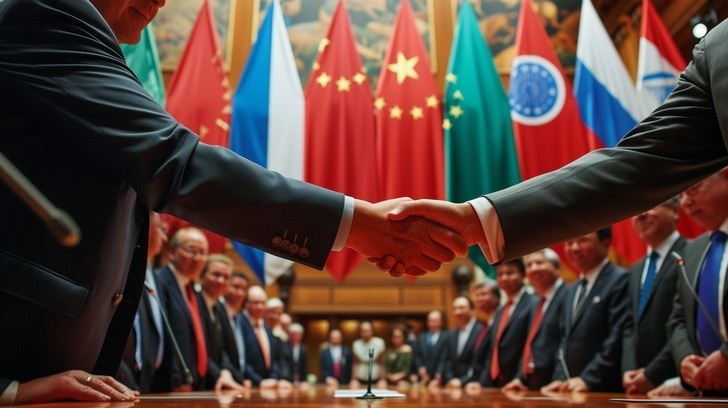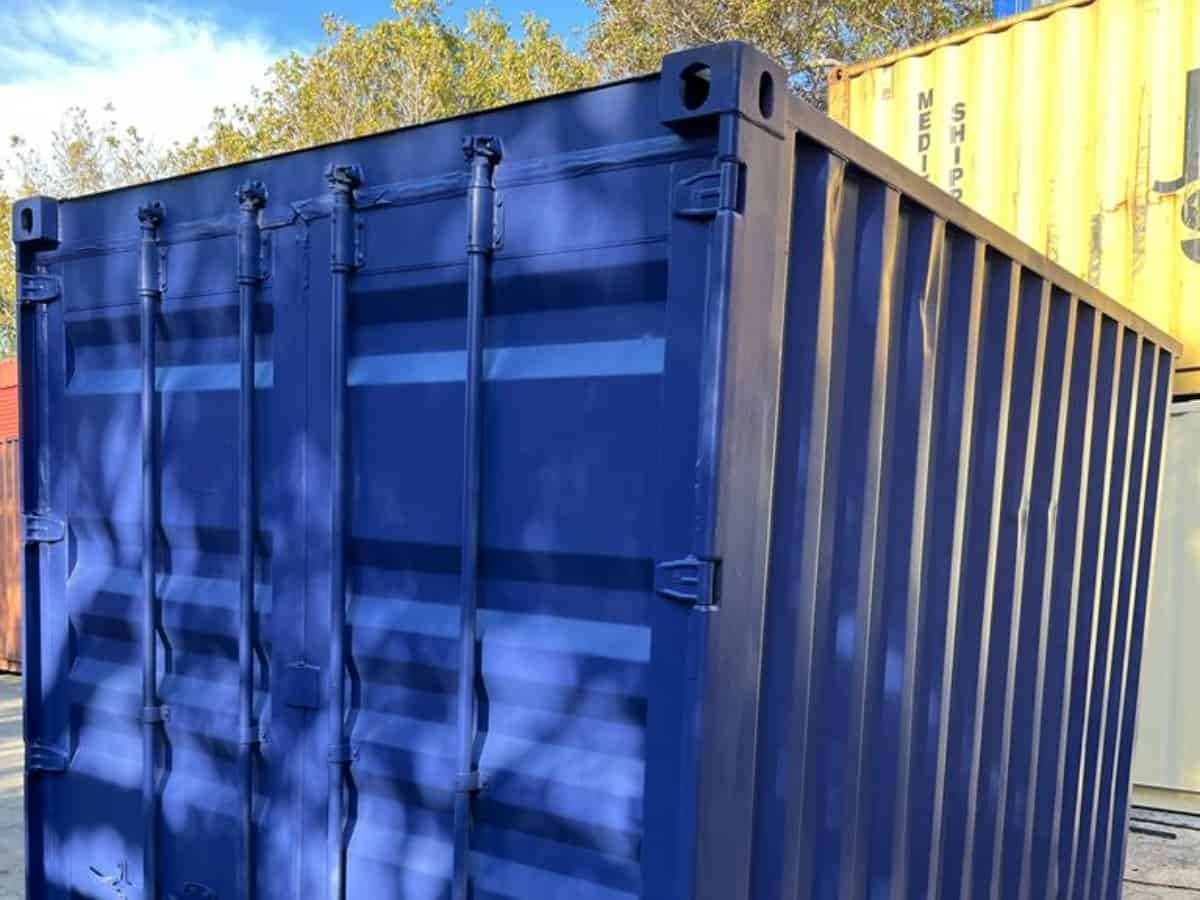The New Era of Global Trade
In 2025, the world’s economic stage is once again being reshaped and at the center of it all stands the United States. Every trade deal it signs, tariff it revises, or partnership it strengthens sends ripples across continents. Whether it’s energy cooperation with Europe, semiconductor agreements with Asia, or agricultural exports to Latin America, US trade relations in 2025 continue to define how money, goods, and innovation move across the globe.
Amid shifting alliances, tightening supply chains, and the rise of regional trade blocs, America’s influence remains undeniable. According to recent global trade projections, the United States contributed nearly 9% of total world exports and 12% of global imports this year reaffirming its role as a dominant player in shaping international market dynamics.
But what truly makes 2025 stand out is change. The U.S. isn’t just managing trade; it’s redefining how global import–export trends evolve driven by new technology, sustainability goals, and strategic diplomacy. This article explores how U.S. foreign trade decisions influence global markets, industries, and the economies that rely on them.

Understanding US Foreign Trade Policy
To understand how the United States influences global trade, it’s essential to grasp what foreign trade policy really means. In simple terms, it’s the combination of rules, agreements, and economic strategies that guide how the U.S. trades goods and services with the rest of the world. These policies determine who America trades with, which industries get tariff protection, and how international supply chains are structured.
At the center of this system are a few powerful institutions. The U.S. Trade Representative (USTR) negotiates trade deals and enforces trade laws, while the Department of Commerce manages export regulations and monitors international markets. The World Trade Organization (WTO), where the U.S. holds significant influence, provides the global platform for settling disputes and ensuring fair practices.
Trade policy tools vary depending on political goals from tariffs and sanctions that protect domestic industries to free trade agreements (FTAs) that encourage international cooperation. In recent years, Washington’s approach has become more selective: open trade with allies, strategic caution with competitors.
This evolving strategy highlights a broader truth U.S. trade policy is no longer just about economics; it’s about geopolitical positioning, technology security, and global influence.

Major US Trade Partners and Their Global Impact
US–China: Competition Meets Interdependence
Even with ongoing geopolitical friction, the U.S.China trade relationship remains one of the world’s largest. While the U.S. depends on Chinese manufacturing for electronics, machinery, and consumer goods, it continues to impose strict controls on semiconductors and AI-related exports.
This dual strategy of rivalry and interdependence defines 2025 trade realities. Both nations are restructuring supply chains with China diversifying markets in Southeast Asia and the U.S. investing heavily in domestic production and “friendshoring” partnerships.
US–India: A Rising Trade Ally
India has emerged as one of America’s fastest growing trade partners. Bilateral trade crossed $200 billion, led by digital exports, pharmaceuticals, and renewable energy. The partnership symbolizes a strategic shift as U.S. firms seek to reduce overdependence on China by expanding operations in India.
From clean energy cooperation to semiconductor collaboration, U.S India trade reflects shared democratic values and the rise of digital commerce as a global growth driver.
US–EU & North America: Stability and Sustainability
The U.S. maintains strong and predictable ties with its European and North American partners. The USMCA (United States–Mexico–Canada Agreement) ensures integrated supply chains across North America, while dialogues with the European Union emphasize climate friendly trade, carbon pricing, and technology regulation.
These relationships remain the anchors of global trade stability, especially as energy markets and logistics networks adjust to new geopolitical realities.
How US Trade Deals Shape Global Import–Export Trends
When the U.S. adjusts its trade policy, the rest of the world feels it. A minor tariff on steel can reshape industrial costs across Asia; a new semiconductor deal can redefine supply chains from California to Taiwan.
In 2025, three major areas show the ripple effect of U.S. trade influence:
- Technology and Manufacturing: U.S. export restrictions on chips and advanced electronics have redirected investments toward India, Vietnam, and South Korea.
- Energy and Agriculture: New trade deals emphasize renewable energy exports, while agricultural imports from Latin America continue to rise to meet U.S. demand.
- Global Supply Chain Realignment: Companies are diversifying production hubs, reducing dependence on single-nation suppliers, and embracing automation for resilience.
Essentially, US trade relations are setting the rhythm of global commerce — balancing protectionism with progress.
The Role of Technology and Automation in Modern Trade
Trade is no longer just about goods; it’s about data, speed, and digital intelligence. The U.S. is leading a new wave of AI-driven logistics, blockchain-powered supply tracking, and automated customs systems.
Companies like IBM, Maersk, and Amazon are using predictive analytics to forecast global shipping routes and reduce transit times. “Smart ports” in Los Angeles and New York already deploy AI to monitor cargo flows in real time.
In 2025, technology defines trade competitiveness as much as tariffs or treaties. The countries integrating AI and digital governance fastest are the ones benefiting most from U.S. trade innovation
US Tariff Policy: Challenges and Opportunities
Tariffs remain the most visible — and controversial — tool of American trade. In 2025, tariff policy reflects a mix of protectionism and partnership.
For importers, higher tariffs on metals, machinery, and solar panels have increased costs but boosted U.S. domestic production.
For exporters, new FTAs with Europe and select Asian nations have expanded market access for clean energy, agriculture, and tech products.
For small businesses, adapting to fluctuating duties remains a challenge, especially in developing economies that rely on the U.S. market.
While tariffs often appear restrictive, they also create opportunities for innovation, pushing firms to diversify suppliers and explore new regions
Global Trends Emerging from U.S. Trade Strategies
From Asia to Africa, ripple effects of U.S. trade choices are shaping 2025’s global trends:
The rise of regional trade blocs like RCEP and CPTPP competing for influence.
A gradual shift away from China centric supply chains toward India, Mexico, and Vietnam.
Growth of sustainable trade policies tied to climate goals and renewable technology.
Expansion of digital trade and services as nations move toward cross border data agreements.
Each of these reflects how America’s economic direction subtly guides global priorities.
The Bigger Picture: Trade, Innovation, and Global Balance
In essence, U.S. trade relations in 2025 aren’t just about exports and imports they represent a broader vision of how economic power, technology, and diplomacy intertwine. As nations recalibrate their positions in the post pandemic world, the U.S. continues to play the role of both competitor and collaborator. Its evolving trade architecture built on digital governance, green technology, and transparent policies signals a shift from traditional trade dominance to smart trade leadership.
The ability of the U.S. to balance innovation with inclusivity, and growth with global fairness, will ultimately decide how effectively it leads the next phase of globalization.
Future Outlook — The Road to 2030
By 2030, U.S. trade influence is expected to remain strong but more balanced. The era of single country dependency is ending, replaced by networked alliances and data based trade decisions.
To stay competitive, businesses must invest in AI driven forecasting, diversify supply sources, and align with sustainability standards. The future of global trade will depend not just on who produces the most, but on who adapts the fastest.
For now, one fact is certain: US trade relations in 2025 remain the world’s guiding compass connecting economies, shaping industries, and steering the next decade of globalization.
Contents
- 1 The New Era of Global Trade
- 2 Understanding US Foreign Trade Policy
- 3 Major US Trade Partners and Their Global Impact
- 4 How US Trade Deals Shape Global Import–Export Trends
- 5 The Role of Technology and Automation in Modern Trade
- 6 US Tariff Policy: Challenges and Opportunities
- 7 Global Trends Emerging from U.S. Trade Strategies
- 8 The Bigger Picture: Trade, Innovation, and Global Balance
- 9 Future Outlook — The Road to 2030



